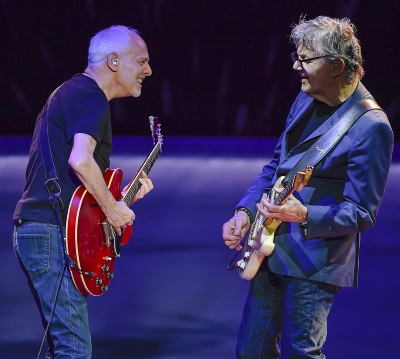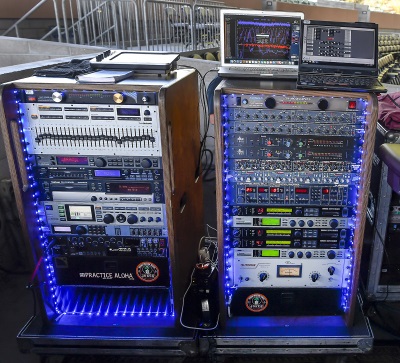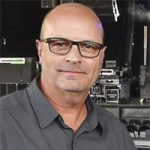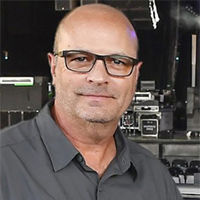In the summer of 2017, two rock ‘n’ roll legends put into action a long-discussed plan to tour together. Steve Miller and Peter Frampton had so much fun last year they decided to do it again this summer.
Both artists feature musicians playing alongside them that have been a part of their respective camps for many years, and a few crew members that can say the same thing. It’s a classic rock tour sequel with two happy camps giving fans a fabulous night of music and history as well as a blues jam featuring legendary performers.
I’ve been lucky enough to have a front row seat to this summer’s tour in the role of Peter Frampton’s front of house engineer, so I’ve had several months to observe and participate in the audio process that makes both of these artists sound great.

What tools are needed to provide quality sound reinforcement for these old-school artists? It depends on which camp you talk to.
Ask Scott Boorey, who doubles as Miller’s manager and FOH engineer, and he’ll tell you it’s all about the analog. He’s mixing on a Midas Heritage 3000 analog console, with a couple racks full of analog (and a few digital) goodies.
Miller loves these classic audio tools so much he owns all of the gear, including the house and monitor consoles, as well as the microphones and every instrument on the stage.
On the other hand, the Frampton team of both monitor engineer Matt Fitzgerald and myself proudly profess love for our DiGiCo SD5 digital consoles.
I spoke with the members of both camps to get their take.
Analog + Digital = Analog
Even though both Boorey and I execute our mixes on different console platforms, the analog theme is very much at the heart of our approach. Yes, I use an SD5, which allows for processing such as gates and comps on every channel, along with snapshot scene recall and many more digital advantages, but the simplistic layout that I employ is only a step away from an analog mindset.
The advantage of having another SD5 console at Frampton’s monitor position and only one set of preamps (with gain sharing enabled and no copper splitter) makes using the DiGiCo platform the best solution for both Fitzgerald and me.

Frampton loves the sound of the DiGiCo in his in-ear monitors (IEMs), so there’s not really much to question, and as for FOH, I love the way the console sounds as well as the flexibility. It allows me to split an input into two channels if I choose, use multiple onboard FX and processing, and implement a Waves server for a little added depth. (That said, the depth is only as deep as three Waves plugins on the entire console.)















